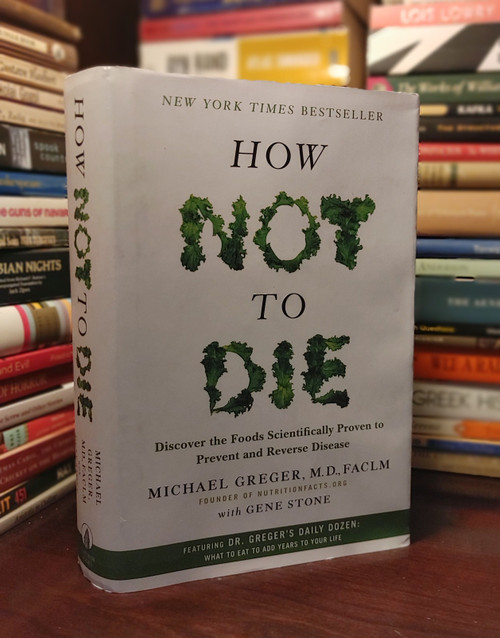With his rare knack for making cutting-edge theoretical science effortlessly accessible, world-renowned physicist Paul Davies has won a devoted readership around the world. Now Davies tackles an issue that has boggled minds for centuries: Is time travel possible?
The answer, insists Davies, is definitely yes—once you iron out a few kinks in the spacetime continuum. With tongue placed firmly in cheek, Davies explains that to visit the future, all you need is a little help from gravity and a spaceship that can travel just under the speed of light. As for returning to the past, the best bet is to find a convenient black hole equipped with a traversable wormhole—though if you're not careful, you may find yourself sucked into a one-way journey to nowhere. After laying the theoretical physics, Davies sets out a four-stage process for assembling a time machine and making it work. He also addresses the ticklish question of why, if time travel is indeed feasible, we're not swarming with time tourists visiting us from the future.
Wildly inventive and theoretically sound, How to Build a Time Machine is creative science at its best—illuminating, entertaining, and thought provoking.
Editorial Reviews
"Is time travel possible? Yes, says Davies, who recently retired (in his early 50s) as professor of mathematical physics at the University of Adelaide in Australia to concentrate on his writing. But 'a moment's thought uncovers some tricky questions.' Whereupon he discusses lucidly and engagingly both the concepts of physics that establish the possibility of time travel and the tricky questions. You could reach the future 'by simply moving very fast.' For visiting the past, the most popular proposal is a wormhole, 'a sculpture in the structure of space that provides a shortcut between two widely separated spaces.' There may be 'cosmic taboos,' though, that make time travel forever elusive." —Scientific American
"Is time travel possible? If so, what manner of machine would one need to traverse this fourth dimension? Covering ground similar to J. Richard Gott's Time Travel in Einstein's Universe, this slim, tongue-in-cheek treatise invokes the primary tenet of Einstein's special theory of relativity that both time and space are elastic to illustrate that time travel, while impractical, is definitely possible. The time travel mechanisms Davies (The Fifth Miracle) envisions are dramatically different from the devices that SF authors H.G. Wells and Ray Bradbury have employed in their fiction. All that's needed to travel to the future, noted theoretical physicist Davies asserts, is a little help from gravity and a spaceship that can reach speeds just under the speed of light. Traveling to the past is a trickier task, however, and Davies spends the bulk of his book explaining the components needed to construct a wormhole (a black hole "with an exit as well as an entrance"). Despite the author's penchant for diagrams and his habit of highlighting and repeating his major points, readers will struggle to accept some of his more difficult and extreme propositions such as the existence of an exotic matter possessing antigravitational properties, which is vital to his construction of a wormhole. While Davies's discussion of the paradoxes inherent in time travel and of the physical laws that seem to prevent it is both thought provoking and accessible, his limited focus on wormholes may disappoint those hungering for a broader discussion of time travel technology." —Publishers Weekly
About the Author
Paul Davies is an internationally acclaimed theoretical physicist and the author of The Fifth Miracle, About Time, God and the New Physics, The Mind of God, and many other popular books. In 1995 he won the prestigious Templeton Prize for his work on the philosophical meaning of science and was recently awarded the Kelvin Medal by the UK Institute of Physics. Davies lives in Australia and frequently travels, teaches, and lectures in the United States.







